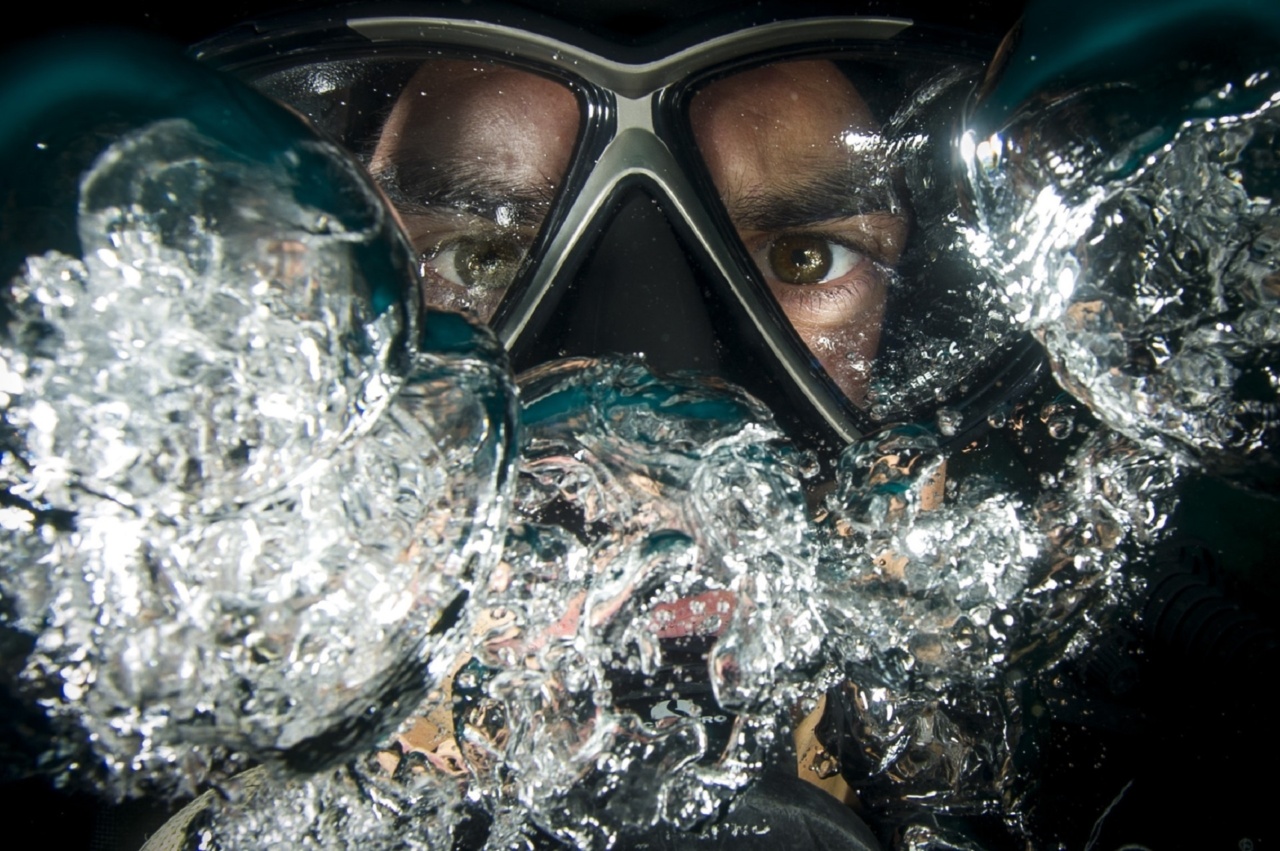As you slip into the ocean for a refreshing swim, you may not think about the dangers posed to your eyes. However, if you wear contact lenses, you need to be extra cautious to protect your eyes from discomfort, infection, or even vision loss.
Here is a guide on how to protect your vision while swimming in the ocean with contact lenses.
The Risks of Swimming with Contacts
Swimming in the ocean with contacts can be hazardous to your eye health, as salty water and contaminants can irritate your eyes, causing infection, inflammation, or corneal abrasions.
The microorganisms and bacteria in ocean water can also breed on your lenses, leading to a condition called acanthamoeba keratitis. This rare but serious infection can cause corneal ulcers and vision loss if left untreated.
Moreover, contact lenses can absorb the ocean water, causing them to swell, shift, or dislodge from your eyes. If you rub your eyes or dive underwater, your contacts can slide out of place, scratch your cornea, or even get washed away by waves.
Lastly, contacts can interfere with your tear film, which protects your eyes from drying out and losing clarity. If your lenses don’t fit well or are expired, they can cause discomfort, redness, or blurry vision.
How to Safely Swim in the Ocean with Contacts
Despite the risks, many people prefer to wear contacts while swimming in the ocean, especially if they have poor vision or dislike wearing prescription goggles. If you decide to do so, follow these tips to reduce the likelihood of eye problems:.
1. Use Daily Disposable Contacts
The best type of contacts to wear for swimming in the ocean is daily disposable contacts. These lenses are designed to be worn once and then thrown away, so they don’t accumulate contaminants or lose their shape.
They also provide a fresh and lubricated surface for your eyes, enhancing your comfort and vision. Daily disposables are relatively affordable and convenient to use, as you don’t need to clean or store them.
2. Apply Eye Drops Before Inserting Contacts
Before you put in your contacts for swimming, use eye drops to moisten your eyes and reduce any redness or irritation.
Your eyes may become dry or sensitive from the salty water, sun, or wind, so adding drops can prevent your contacts from sticking to your eyes or causing discomfort. Make sure to use preservative-free or saline drops that are safe for contact lenses, and avoid using your fingers to apply them.
3. Wear Tight-Fitting Goggles
If you want to ensure maximum protection for your eyes, wear tight-fitting goggles over your daily disposables. Goggles not only shield your eyes from salt, sand, and debris, but also reduce the risk of your contact lenses falling out or shifting.
Look for goggles that seal well around your eyes and have adjustable straps that fit snugly but comfortably on your head. You can also get prescription goggles that match your vision needs, and that have built-in anti-fog or UV protection.
4. Avoid Rubbing Your Eyes or Swimming Underwater
To avoid losing your contacts or getting water in your eyes, resist the urge to rub or scratch your eyes while wearing contacts. Rubbing can damage your cornea or dislodge your lenses, whereas scratching can introduce bacteria or debris into your eyes.
Instead, blink frequently and use your eye drops if necessary. Also, avoid diving or swimming underwater with your contacts, as the pressure and movement can affect your vision and increase the likelihood of water getting into your eyes.
5. Remove Your Contacts Promptly After Swimming
As soon as you are done swimming, remove your contacts and rinse them with saline solution to remove any salt or contaminants.
Do not reuse or wear your contacts again after swimming, even if they feel fine, as they could have absorbed harmful microorganisms or become damaged by the water. If you experience any symptoms of eye infection, such as redness, pain, sensitivity to light, or blurry vision, seek medical attention immediately.
Conclusion
Swimming in the ocean can be a fun and refreshing way to cool off during the hot summer months, but it can also pose risks to your eyes if you wear contact lenses.
To protect your vision while swimming with contacts, use daily disposable lenses, apply eye drops before inserting contacts, wear tight-fitting goggles, avoid rubbing your eyes or swimming underwater, and remove your contacts promptly after swimming. By following these guidelines, you can enjoy the benefits of ocean swimming without compromising your eye health.



























